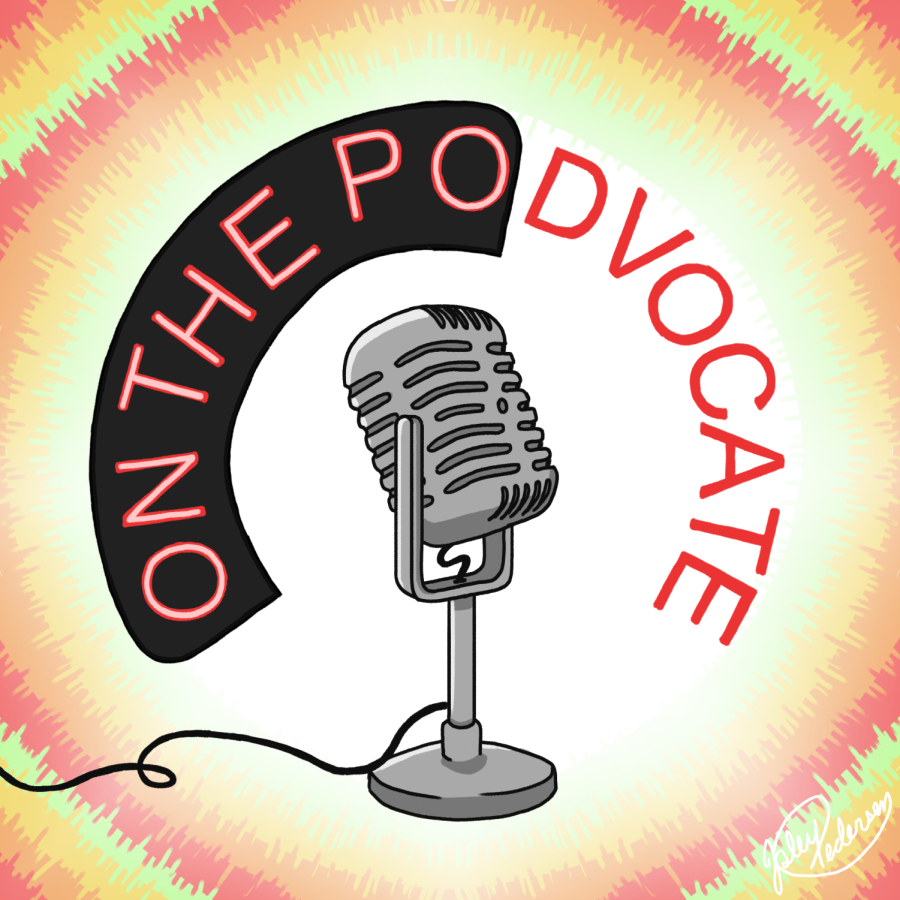[dropcap size=small]B[/dropcap]eing healthy isn’t just about cutting down on your ice cream sandwich consumption or getting the FluMist squirted up your nose. Those are certainly important, but there is another realm of well-being that is often overlooked, particularly by teens: mental health.
While sometimes cast aside, mental illness is no small problem. According to the National Alliance on Mental Illness, 20 percent of teens aged 13-18 experience mental disorders in any given year. Among those, anxiety disorders are the most prevalent, followed by depression. Other mental health issues that can affect teens include addictions, eating disorders, psychotic disorders, and personality disorders.
Anxiety can manifest itself in a myriad of ways. Sufferers may experience trouble sleeping, a shortage of breath, heart fluttering, muscular tension, or even panic attacks that interfere with their ability to function normally. Panic attacks are characterized by feelings of dizziness and terror, as well as physical indicators of fear like trembling, nausea, and increased heart rate. According to 10/12 counselor Ellen Soisson, anxiety is the most common affliction among Academy students. This problem is often related to the school’s demanding environment or competition among peers, and can impede students’ ability to perform well in stressful situations like tests. “When you have intense feelings [of anxiety], it’s hard to reconnect with your thinking process and your decision-making,” Soisson said.
“If you’re not feeling great and you can’t figure it out, reach out and talk to somebody.”
Depression, like anxiety, has a wide spectrum of severity, and the National Institute of Mental Health estimates that it affects 11 percent of adolescents. Some teens experience dysthymia, a mild form of depression that manifests itself as persistent sadness or gloominess. Many sufferers of dysthymia never even realize they have it. More severe depression (known as “major depressive disorder”) can cause feelings of hopelessness and may even lead to suicidal thoughts. Depression is currently considered a disability, and is the leading cause of disability among American teens over age 15, according to the World Health Organization. Students with depression often lose interest in school, have trouble with relationships, and have low self-esteem.
The causes of mental illness can be mysterious, and are wide-ranging. External factors such as unhealthy relationships, cultural expectations, and chronic stress often play a role, but some people are at risk of certain mental illnesses because of their genetic makeup. Disorders like schizophrenia tend to be passed down in families. Genetic carriers of the disease may never experience a psychotic episode, but certain risky behaviors including the use of hallucinogenic drugs can increase vulnerability. Innate personality can also contribute to this vulnerability. “Some people are born more shy or more anxious–they’ve got that genetic predisposition, and those things can set them up for having increased risk of becoming depressed in certain situations,” Soisson said.
Fortunately, treatment is readily available for most mental illnesses. Counseling services are some of the most accessible avenues for teens to seek support. “If you’re not feeling great and you can’t figure it out, reach out and talk to somebody,” Soisson said. The Academy currently employs six counselors who are willing to help students in all sorts of ways, from dealing with serious mental health issues to providing a place for students to vent when they are having a bad day. Aside from school counselors, Albuquerque therapists can offer more specialized attention to patients. National and local hotlines are also a convenient way for teens to get help. For long-term recovery, teens can participate in programs ranging from intensive outpatient groups to wilderness camps.
Medication is another viable option for the treatment of mental illnesses. Drugs like Prozac can prove to be very effective for some patients by altering levels of neurotransmitters in the brain. Sadly, though, New Mexico’s poor infrastructure makes it difficult for residents to obtain these drugs, even when over nine percent of New Mexican teens attempted suicide last year, according to the Youth Risk Behavior Survey. “If a student needs medication… there can be waitlists of two or three months to be able see a psychiatrist for a medication evaluation,” Soisson said. Wait times and access may improve soon, since the recent election provided increased funding to mental health programs in New Mexico.
Even so, all teens can and should take a more proactive role in staying mentally healthy. Soisson recommends getting more sleep, eating well, and forming strong relationships with friends and family. Reducing stress is vital, even if it means taking a class pass/fail or dropping an extracurricular. “Sometimes people get so weighed down in all the stuff that they should do that they just feel like they’re drowning,” Soisson said. Most of all, positive thinking can make a big difference. “The more you can learn to think in a healthy way that doesn’t assume the worst about yourself or anyone else, the easier it is to start to move toward a more balanced, less chaotic life,” she said.





